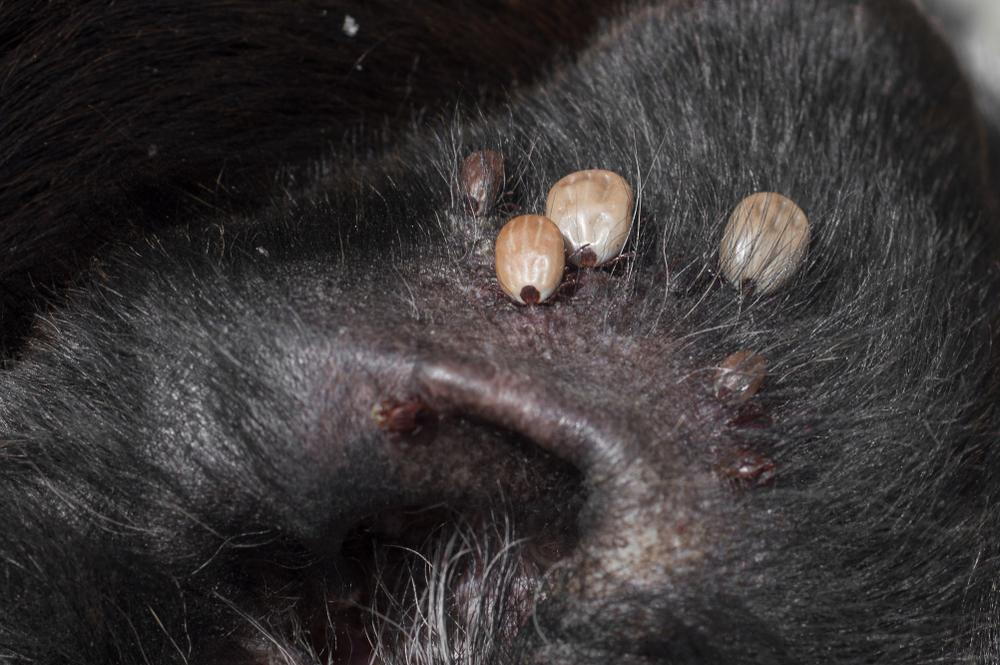Ticks: Detection and Removal

- posted: Apr. 15, 2020
Hello everyone! With the temperatures now rising above freezing, we have entered tick season! Ticks are an arachnid species of parasite (similar to spiders), and travel mainly by hitching a ride on another animal, whether it be a bird, dog, or human. They have become an increasing problem in Ontario over the past few years, particularly during the spring and fall seasons with warmer temperatures.
What makes ticks especially dangerous to people and animals is their ability to transmit diseases. For most species of ticks, the adult and immature stages may pass on diseases and/or pathogens during their meal time. The longer a tick feeds, the greater it grows in size. Immature ticks are smaller than a sesame seed, meaning that they often go unnoticed until they have reached the adult stage. Adult ticks are larger in size (about the size of an apple seed), though they may appear more bloated if they have fed recently, or for a prolonged period of time.
Because of their small size, it is important to regularly check your pet for possible tick presence. This is done by combing your fingers through your pet’s fur, and checking for small lumps on their skin that are not typical for them. If a bump is felt, the fur should be parted to visualize the lump itself. If the lump is a tick, the body is typically the colour of a shelled sunflower seed, and legs may be visualized at the bottom of the lump.
Depending on the tick prevention product your pet is on, the tick may die and detach on its own with little risk of disease transmission. If your pet is NOT on a tick preventative, the tick should be removed, and a blood test performed 8 weeks after removal to ensure that no diseases were transmitted. For removal, the tick should not be squeezed, nor any heat/substance applied to it; if a tick becomes agitated, it can expel its body contents into the pets’ bloodstream, increasing likelihood of disease transmission. Ticks can be removed at home, or in clinic, with tick removal devices that separate the tick from the pet without damaging the tick.
With tick removal devices, the device is placed between the mouthparts and the skin, and even pressure is applied to lift the tick off. It is important to remove the tick so the mouthparts remain intact. If the mouthparts are broken off and left behind, this can cause irritation and/or infection, and should be assessed by a veterinary professional.
For more information on ticks, feel free to contact us at 416 – 245 – 8805, or email us at [email protected]. We can also discuss setting aside an appropriate prevention product for you pet. For an online resource, http://ticktalkcanada.com/ provides more information.
Krystal, RVT
Location
Find us on the map
Office Hours
8:00 am - 9:00 pm
8:00 am - 9:00 pm
8:00 am - 9:00 pm
8:00 am - 9:00 pm
8:00 am - 9:00 pm
9:00 am - 5:00 pm
Closed

